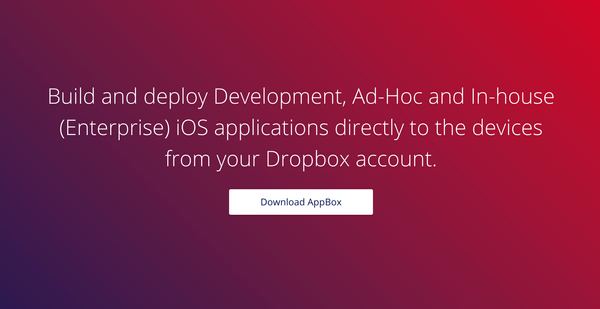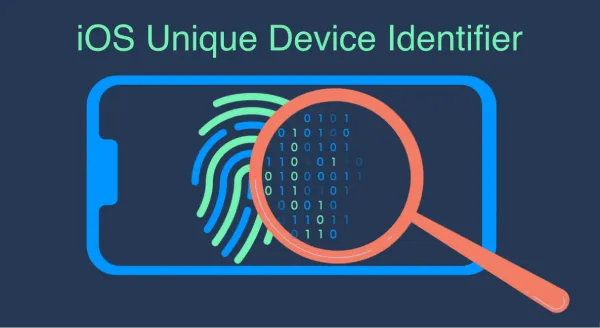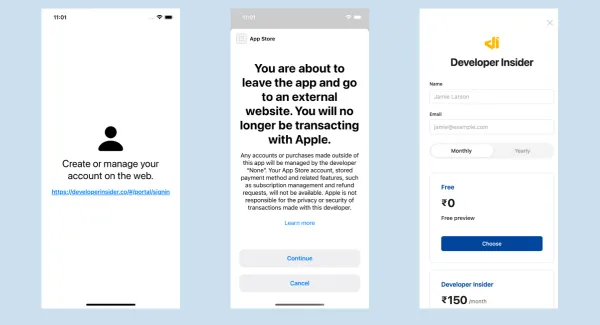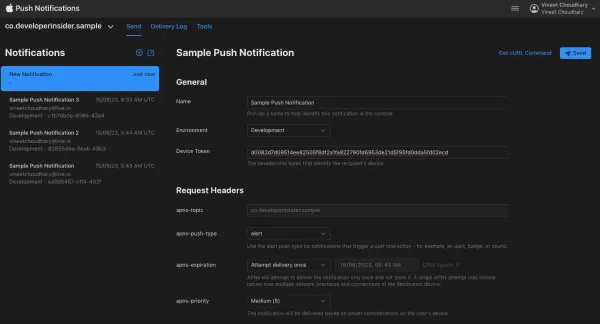Problem Statement
Suppose you need to manage three API with different API Keys and some different settings
-
For development or internal testing build - Development distribution outside the iOS App Store
Host- devapi.project-name.com
API Key- development_key -
For client testing build - Enterprise distribution outside the iOS App Store
Host- stgapi.project-name.com
API Key- enterprise_key -
For production build - Distribution in the iOS App Store
Host- api.project-name.com
API key- app_store_key
You are able to manage two setting by using DEBUG
#if DEBUG
#define API_BASE_URL @"http://devapi.project-name.com/api/v1"
#define API_KEY @"development_key"
#else
#define API_BASE_URL @"http://stgapi.project-name.com/api/v1"
#define API_KEY @"enterprise_key"
#endif
First Problem
Enterprise distribution (for client testing) and iOS App Store distribution (production) build, for Enterprise and App Store distribution every time need to change code
- For Enterprise distribution
#if DEBUG
//debug setting
#else
//enterprise setting
#define API_BASE_URL @"http://stgapi.project-name.com/api/v1"
#define API_KEY @"enterprise_key"
#endif
- For App Store distribution
#if DEBUG
//debug setting
#else
//app store setting
#define API_BASE_URL @"http://api.project-name.com/api/v1"
#define API_KEY @"app_store_key"
#endif
We need a way something like this
#ifdef DEVELOPMENT
#define API_BASE_URL @"http://devapi.project-name.com/api/v1"
#define API_KEY @"development_key"
#elif ENTERPRISE
#define API_BASE_URL @"http://stgapi.project-name.com/api/v1"
#define API_KEY @"enterprise_key"
#elif APP_STORE
#define API_BASE_URL @"http://api.project-name.com/api/v1"
#define API_KEY @"app_store_key"
#endif
Second Problem
Is there any way to create three build with different name without creating different target?
ProductName- For App StoreProductName-Dev- For Internal Development buildProductName-Stg- For Client Testing (Enterprise) build
Solution
Create Individual Configurations
In the project (not target) settings, create (duplicate from the originals) the following configurations:
- Debug_Dev
- Debug_Staging
- Debug_Prod
- Release_Dev
- Release_Staging
- Release_Prod

Note that if you use Cocoapods then you will need to set the configurations back to none, delete the contents of the Pods folder in your project (Not the Pods project) and re-run pod install.
Create a scheme for each environment
Instead of just having a MyApp scheme, create the following (duplicate the original):

- MyApp_Dev (Development)
- MyApp_Stg (Staging)
- MyApp (Production)
In each scheme, use the associated Debug_* and Release_* configurations where appropriate.

Here the final look

Add a preprocessor macro to identify environments
Add an additional preprocessor macro to identify what environment you are building against.
In the project build settings, click the + and add a user defined build setting and call it something like MYAPP_ENVIRONMENT. Then, for each different group of environments, add a different preprocessor macro to each one. i.e DEVELOPMENT=1, STAGING=1 and PRODUCTION=1.


Then, in the c preprocessor macros (again on a project level and not the target level) add this new MYAPP_ENVIRONMENT setting using $(MYAPP_ENVIRONMENT).

Finally it's look like this
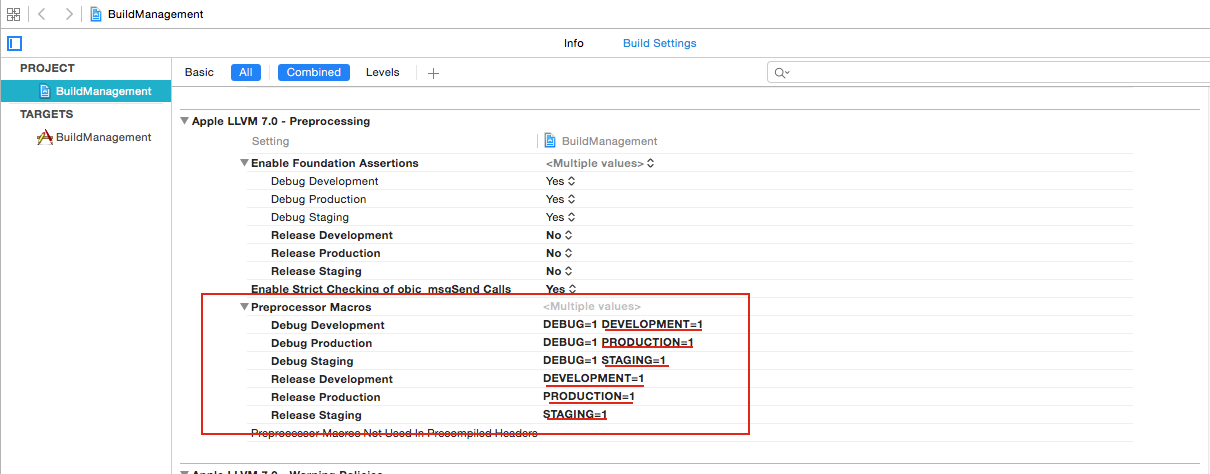
This way, you can then determine what environment you are building against like so:
#ifdef DEVELOPMENT
NSString * const MyAppAPIBaseURL = @"https://api-dev.myapp.com/";
#elif STAGING
NSString * const MyAppAPIBaseURL = @"https://api-staging.myapp.com/";
#elif PRODUCTION
NSString * const MyAppAPIBaseURL = @"https://api.myapp.com/";
#endif
It's probably a lot to take in.
You can then also create different user defined build settings to do different things, like change the display name of your app.
You could do this by creating a new setting called MYAPP_DISPLAY_NAME for example (same as we create preprocessor macro to identify environments), set the correct name for each configuration and then in your info.plist set the value of the Bundle Display Name to $(MYAPP_DISPLAY_NAME).

